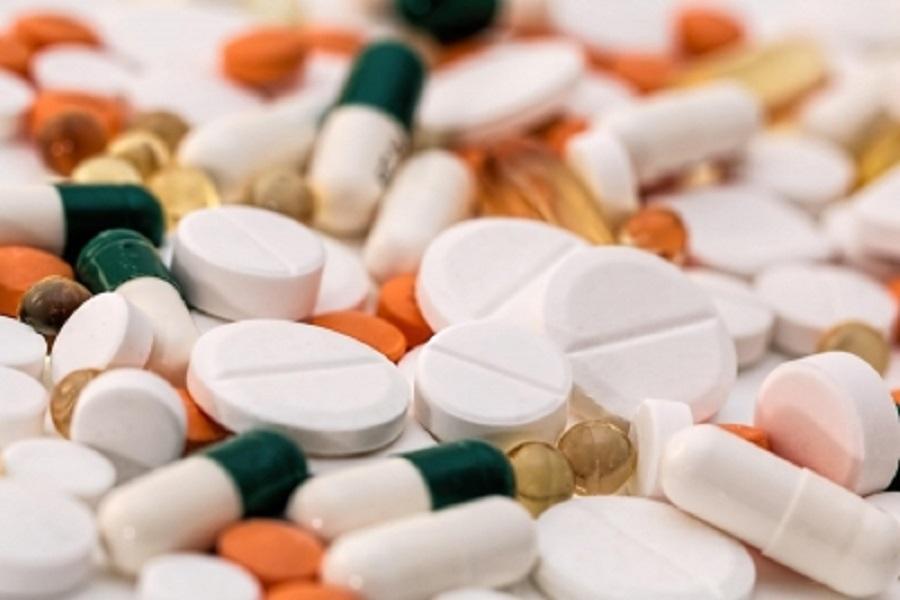
Electronics & Pharma Secure 70% of FY25 PLI Funds: Govt Data
The Production Linked Incentive (PLI) scheme, launched by the Indian government in 2021, has been instrumental in boosting domestic manufacturing in various sectors. The scheme was initially rolled out for 14 key sectors, including electronics, pharmaceuticals, and textiles, among others. According to the latest government data, the electronics and pharma sectors have emerged as the top beneficiaries of the PLI scheme in FY25, securing 70% of the total funds disbursed.
FY25 PLI Scheme Disbursal
The government disbursed a total of ₹10,114 crore under the PLI scheme in FY25. A significant chunk of this amount, approximately ₹7,060 crore, was allocated to the electronics and pharma sectors. The electronics sector received ₹5,732 crore, making it the biggest beneficiary of the scheme. The pharma sector, on the other hand, received ₹2,328 crore.
The PLI scheme is designed to encourage domestic manufacturing by providing financial incentives to companies that invest in new capacities and increase their production. The scheme is particularly beneficial for sectors that have high import dependence and have the potential to create employment opportunities.
Electronics Sector: A Key Driver of Growth
The electronics sector has been a major driver of growth in India’s manufacturing landscape. The sector has seen significant investments in recent years, driven by government initiatives such as the PLI scheme. The electronics sector received the largest allocation of funds under the PLI scheme, with companies such as Foxconn, Wistron, and Flex receiving significant amounts.
The electronics sector has the potential to create massive employment opportunities and contribute significantly to India’s GDP. The sector is also expected to play a key role in the country’s mission to become a global manufacturing hub.
Pharma Sector: A Key Player in India’s Healthcare Ecosystem
The pharma sector is another key player in India’s healthcare ecosystem. The sector has seen significant growth in recent years, driven by increasing demand for generic drugs and vaccines. The PLI scheme has provided a boost to the sector, with companies such as Sun Pharma, Dr. Reddy’s, and Cadila Healthcare receiving significant allocations.
The pharma sector is critical to India’s healthcare ecosystem, providing affordable and quality medicines to millions of patients. The sector also has the potential to create employment opportunities and contribute significantly to India’s economy.
Other Sectors: A Mixed Bag
While the electronics and pharma sectors have emerged as the top beneficiaries of the PLI scheme, other sectors have received varying allocations of funds. The automotive sector, for instance, received ₹443 crore, while the textile sector received ₹243 crore.
The PLI scheme has also been extended to other sectors such as food processing, pharmaceuticals, and speciality steel, among others. These sectors have the potential to create employment opportunities and contribute significantly to India’s economy.
Conclusion
The PLI scheme has been instrumental in boosting domestic manufacturing in various sectors, including electronics and pharma. The scheme has provided a significant boost to these sectors, creating employment opportunities and contributing to India’s GDP.
As the government continues to implement the PLI scheme, it is essential to monitor its impact on the economy and make necessary adjustments to ensure that the scheme is effective in achieving its objectives. The scheme has the potential to create a significant impact on India’s manufacturing landscape, and it is essential to build on its success to create a robust and sustainable manufacturing ecosystem.
Source:






